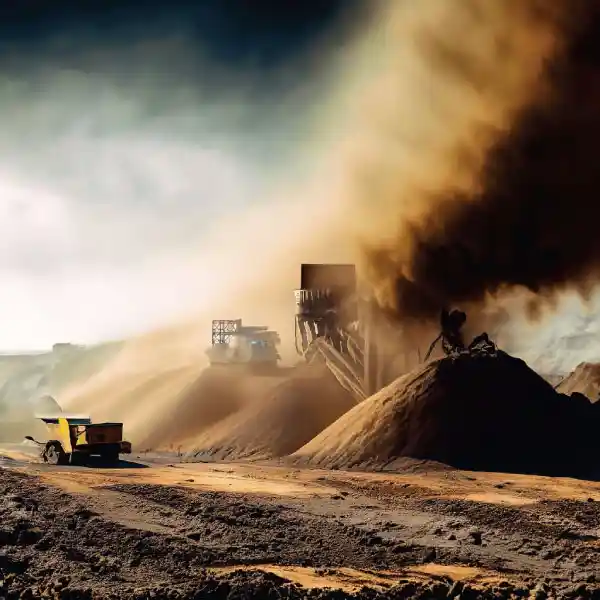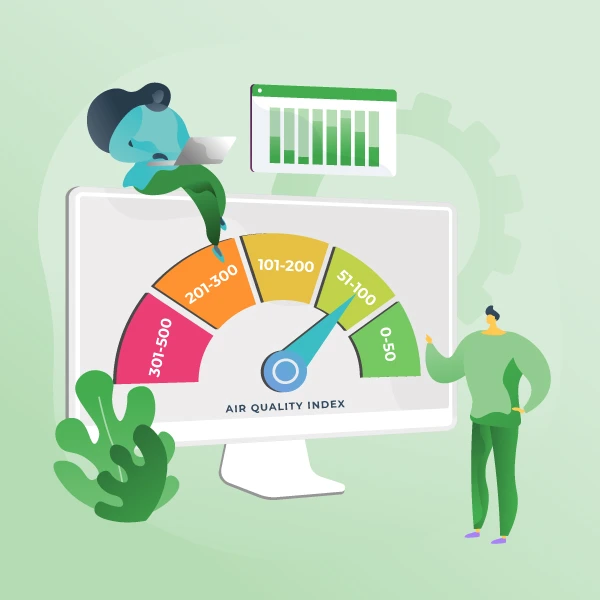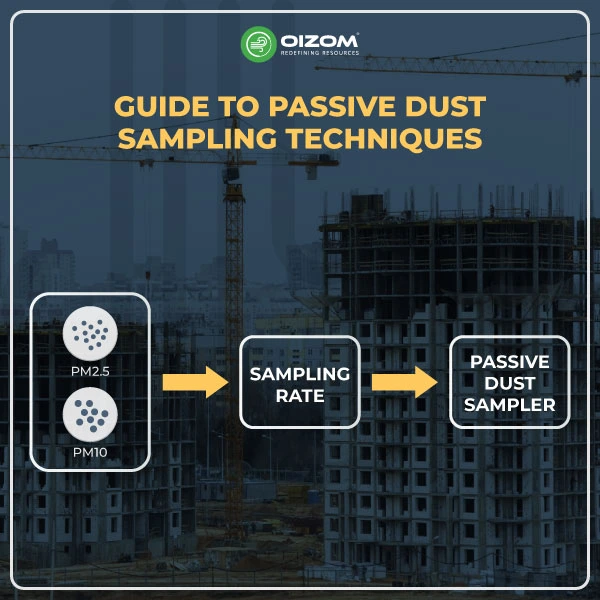Mining is one of the most critical sectors in many different countries. This industry includes a variety of operations related to the extraction, management, and processing of naturally occurring solid minerals from the earth’s surface. Mining can be used to obtain coal, diamonds, metal ores, oil, and other commercially valuable items. The massive volume of dust produced by coal mine activities causes respiratory concerns for workers and machinery maintenance challenges.
Dust can also contribute to an explosive situation. Every year, people are injured or killed as a result of accidents or health problems caused by coal dust exposure. Mining businesses can significantly reduce these dangers by implementing stringent dust suppression safety measures. We’ll explore innovative technologies and environmental practices that promise a future where mining is safer for workers and neighbouring communities.
The Importance of Dust Control in Mines
Mining companies are responsible for monitoring and controlling their dust emissions because dust is produced at every stage of the mining process: mine construction, extraction, processing, storage, and transportation. Government agencies in the United States, Canada, and the European Union define and regulate partial emissions limits. As more mines open in developing countries, air quality concerns will inevitably arise.
Mining dust control is more than a technical problem; it is a critical safeguard for human health and environmental integrity. Mining reveals vital resources hidden beneath the Earth’s crust, but it comes at a cost: a constant layer of fine dust that covers mine areas. This dust, far from being an inconvenience, is a severe threat to miners and neighbouring ecosystems.
Therefore, implementing a robust dust monitoring system like Oizom’s Dustroid for real-time data to control measures for a multifaceted necessity – safeguarding miners’ health, protecting local communities, and upholding responsible resource extraction. Effective dust control fulfils a moral obligation and makes economic sense. It can reduce healthcare costs, enhance worker productivity, and decrease absenteeism, ultimately contributing to a more sustainable mining industry.
The mining industry plays a vital role in the global economy. The market value of coal mines has varied significantly since 2010. In 2011, its market value increased to 1.3 billion US dollars but gradually decreased to 571 million US dollars until 2015. By 2020, the market value was approximately 698 million US dollars (Garside, 2021)—the global market value of coal mining from 2010 to 2020.
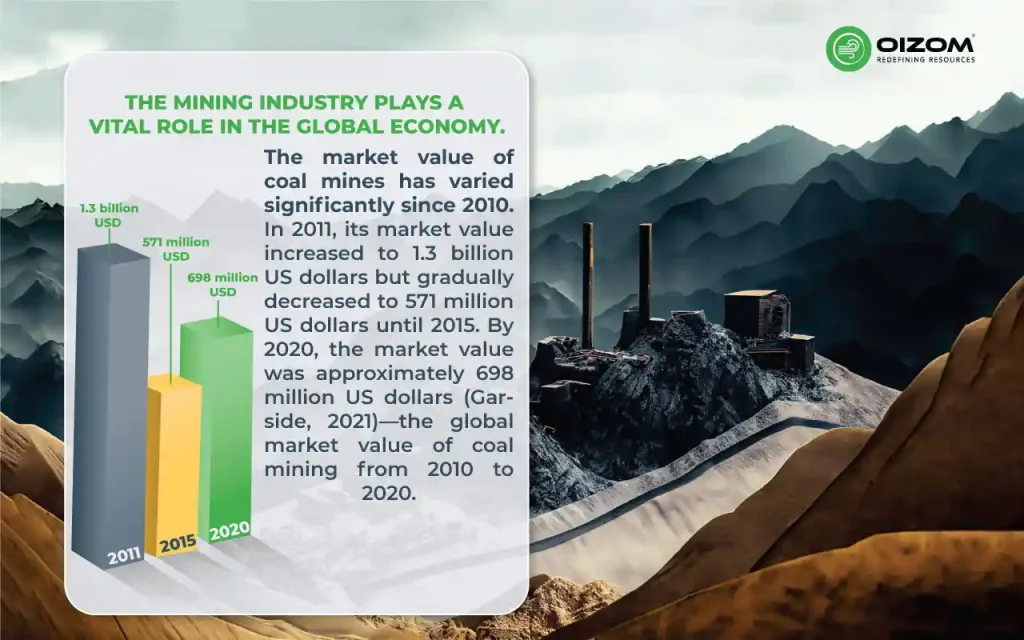
The above figure shows the global market value of coal mining from 2010 to 2020.
In 2019, the number of fatalities in China was 248; on the other hand, the number in the USA was reduced to 12, which is 20 times less than China and 96 in India, which is 2.58 times as many as that of China.
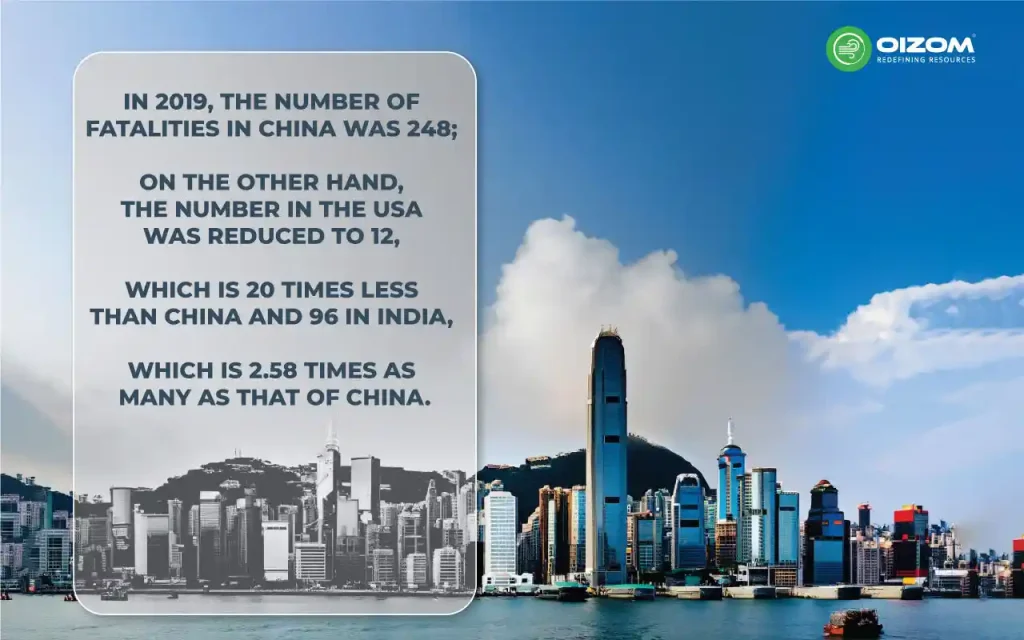
Sources of Dust in Mines
During many of the extraction and processing processes related to the production and processing of rock and mineral products, dust particles are created and can become airborne. To effectively combat this issue, it’s essential to understand its origins. We’ll delve into the three primary sources of dust in mines: drilling and blasting, loading and hauling, and crushing and grinding.
Drilling and Blasting
This method of breaking rock for excavating purposes involves the controlled use of explosives and other techniques such as gas pressure blasting pyrotechnics. Drilling and blasting are most frequently used in mining, quarrying, and other engineering operations. A rock cut is the end product of rock blasting. Each explosion sends a massive dust cloud into the air, filled with silica and other harmful minerals, posing a severe respiratory threat.
Loading and Hauling
The shattered rock moves after blasting. Loaders are massive devices that gather waste and transport it to haul trucks. As shovels scrape rock and trucks cross complex terrain, this activity generates a lot of dust. The movement of these trucks and transferring material to conveyor belts continues the cycle of dust creation, putting workers and anyone nearby in danger.
Crushing and Grinding
The next stage involves processing the rock to extract valuable minerals. The terms crushing and grinding are used for the same meaning, i.e. for size reduction. The term crushing represents the size reduction.
Crushers break down rocks into smaller fragments, whereas grinding means the reduced size of the crushed materials, which gives fine products than crushing. Because of the wide variety of devices used, making a rigid classification in which the groups’ definite limitations can be established: deciding coarse crushers, intermediate crushers, and fine grinders is tough. Each step releases a fine dust cloud, contaminating the air and posing inhalation risks.
Understanding the specific contributions of drilling and blasting, loading and hauling, and crushing and grinding to dust generation is critical to designing effective control measures. By focusing on these hotspots, we aim to create a healthier, safer mining environment and reduce the environmental impact of these activities.
Methods of Dust Control in Mines
A multi-tiered solution comprising engineering controls, administrative processes, and personal protective equipment (PPE) is needed to limit this risk. Let’s look at several significant dust-control measures in mines:
Engineering controls
These measures aim to prevent or minimize dust at its source and serve as the first defence against mine dust.
- Ventilation: Proper ventilation systems, essential for dust dilution and removal, use powerful fans to bring in fresh air and exhaust ducts to evacuate dust-laden air properly.
- Water Suppression: Use water sprays on stockpiles and highways and when operating machinery and cutting equipment to reduce dust. To suppress dust, use an ingredient in water sprays and modify the spray’s droplet size according to the dust particle’s length.
- Encapsulation: Isolating dusty processes like crushing units or grinding mills minimizes environmental impact. Use enclosures (e.g. covered conveyors, enclosed cabs on vehicles, plant and equipment). This can involve enclosing operations or creating harmful pressure zones to contain dust.
- Automation: Using remotely controlled machinery reduces direct human exposure to dust, replacing manual operations with safer, distant alternatives.
Administrative Controls
These practices focus on reducing human exposure through organizational and procedural changes.
- Work Practices: Implementing wet drilling, scheduling dust-intensive tasks during off-peak hours, and Reducing the length and magnitude of dust exposure (e.g., worker rotation, job task adjustments).
- Maintenance: Keeping ventilation systems and equipment in good repair and diligent housekeeping is crucial for effective dust control. Ensure regular maintenance and housekeeping of vehicles and mine workings.
- Monitoring: Regular dust level checks, using advanced air quality monitors like Oizom’s Dust monitoring, allow for prompt action and compliance with safety regulations.
Personal Protective Equipment (PPE)
As the last line of defence, PPE is vital for individual protection.
- Respiratory Protection: Choosing the best respiratory protection for the job (e.g., P1 or P2, full face, half face, powered air, or purifying) based on dust type and concentration is essential.
- Ensure training, comfort and fit testing are provided before use. Respirators should not be shared.
- Maintain and store respiratory protective equipment properly.
Emerging Technologies for Dust Control
Mining with little dust exposure has a bright future, thanks to developments in remote-controlled equipment, automated dust suppression systems, artificial intelligence (AI) and machine learning (ML). These developing technologies can potentially transform the approach to dust control in mines.
Remote-Controlled Equipment
Because of remote-controlled equipment, the future of mining might see a dramatic drop in human presence in dusty mine sites. This technology enables robotic excavators and transport trucks to operate in mines while being remotely controlled. The benefits are twofold: it decreases the risk of dust exposure to human operators and allows for more accurate management of mining processes, reducing unnecessary dust formation. Real-time data from these robots’ sensors can be used to improve dust control strategies, resulting in more efficient and focused treatments.
Automated Dust Suppression Systems
The automated and integrated dust suppression and control spray system for haul roads in mines and dust emitting plants sprays water automatically to address the dust source immediately. Dust weather stations, sensors, communication systems, software control arrangements, and control systems are all part of this integrated system. This proactive approach to dust suppression improves air quality in mines and optimizes water usage, making it a more environmentally friendly option than traditional approaches.
Artificial Intelligence (AI) and Machine Learning (ML)
Integration of Artificial Intelligence, Machine Learning, the Internet of Things (IoT) and Automation are the keys to the 4th revolution in the mining industry. AI and machine learning are shifting dust control from reactive to proactive. These technologies can find patterns and predict possible dust events by analysing data from dust sensors, ambient variables, and mining operations. This predictive capability enables mine operators to undertake targeted dust control measures ahead of time, lowering the risk of dust exposure and increasing resource utilisation efficiency.
These autonomous technologies offer practical risk assessment and economic benefits such as:
- Cost savings
- Uninterrupted production
- Less labour exposure in hazardous areas
- Increased protection
Case Studies
1) Description – Northern Coalfields Limited (NCL) is a subsidiary of the largest coal producer in the World, Coal India Limited. NCL is India’s highest producer of composite (Coal+OBR), contributing more than 1/10th of the energy supply for the country. The company was established in 1985 and soon attained one of India’s highest award statuses, ‘Mini Ratna’, in 2007. It has recorded dispatching coal of over 115 million tonnes in 2020-21. It is headquartered in Singrauli and has a workforce of more than 16,226 people worldwide.
Implementation – Oizom with ISO TECH offered Dustroid Lite to the NCL for monitoring dust levels around the coal mines. Dustroid can accurately detect PM2.5, PM10, PM100, temperature, and humidity in real-time. It can also be customised to detect and monitor the wind speed and direction so that NCL can keep track of the direction of the dust being carried forward. This can help them identify the source of dust emissions and make appropriate decisions that best suit their need. Dustroid also comes equipped with data analyzing and visualization software that allows the NCL to keep track of historical data and trends of dust emissions from the coal mines. It also comes equipped with a robust, compact and lightweight body, making it convenient for the NCL to move the Dust monitor to different places whenever required.
Outcomes – The NCL can now monitor the dust levels and the direction from where it originates around the coal mines. Oizom’s smart, robust and accurate dust monitoring system has assisted NCL in reassuring nearby city residents of safe breathing conditions. Dustroid’s compact and lightweight body has brought a hassle-free installation and shifting of the monitor to different places around the coal mines.
2) Description – Saudi Comedat Mining Co. Ltd (SCM) Is one of the leading mining corporations in the Arabian peninsula. It was established in 2007, with its headquarters in Saudi Arabia, and it was a contractor of choice for Open Pit Mining in Saudi Arabia. They offer complete mining services, including designing and planning mine operations, constructing mine infrastructure, and implementing environmental mitigation measures in remote and challenging locations. Saudi Comedat combines the contract mining expertise and track records of Comedat (Jordan) and Kier (U.K.) and CMCI’s strategic business alliance within Saudi Arabia. The company has hundreds of workers who excavate limestone waste to extract a record of 39 cubic meters of phosphate within 8 years.
Implementation – Oizom with Saudi Envirozone offered a customised Polludrone to fit all the requirements of Saudi Comedat Mining Co. Ltd. Polludrone is capable of monitoring hazardous gases emitting from the mining sites like SO2, NO2, O3, CO, CO2, NH3, and H2S. Polludrone can also watch other air pollutants and environmental parameters responsible for sandstorms like PM2.5, PM10, wind speed, wind direction, temperature and humidity. It also comes equipped with Data Analytics & Visualization software that can project analysed data statistics, historical trends, and real-time air quality reading. This can be very helpful to the authorities in taking decisive measures against such hazards by receiving timely notifications and alerts via SMS or emails. Polludrone also has a robust body with an IP66-grade enclosure and can run independently on solar power.
Outcomes – Oizom’s smart, robust, and accurate Air Quality Monitoring System, Polludrone, has been sending regular updates to the Saudi Comedat Co. mining site authorities on various air pollution levels. The Data Analysis Platform of Oizom has been guiding the company in understanding the patterns of dust and pollution emissions to safeguard their workers from overexposure. The Alert module of Envizom has been helpful to the authorities in getting alerts via SMS and email of environmental emergencies like sandstorms and overexposure to hazardous gases. Polludrone’s Standalone solar panel setup compatibility has saved the company’s energy consumption.
Conclusion
Understanding the causes of dust and implementing a range of management methods can lead to a future in which mining coexists with health and environmental sustainability. Engineering measures, such as proper ventilation and water suppression, are critical in reducing dust at its source. Administrative policies and regular maintenance routines are crucial in reducing exposure. Personal protection equipment is still an essential safety for miners.
On the horizon resides the promise of new technologies such as remote-controlled machinery, automated dust suppression systems, and AI-driven predictive analytics, bringing a proactive dust control era. This campaign is about more than simply health and safety; it’s also about environmental stewardship and long-term mining operations.
FAQs
Common dust sources in mining include drilling, blasting, hauling, crushing, stockpiling, and wind erosion from exposed surfaces or tailings.
Prolonged dust exposure can cause lung diseases such as silicosis, COPD, and asthma. Fine particles (PM2.5 and PM10) can penetrate deep into the lungs, leading to long-term health risks.
Yes. Controlling dust reduces equipment wear, minimizes downtime, improves worker safety, and enhances overall operational efficiency in mines.
Air quality monitoring systems track dust levels in real-time, helping mining companies identify high-risk areas, take timely action, and comply with safety regulations.

